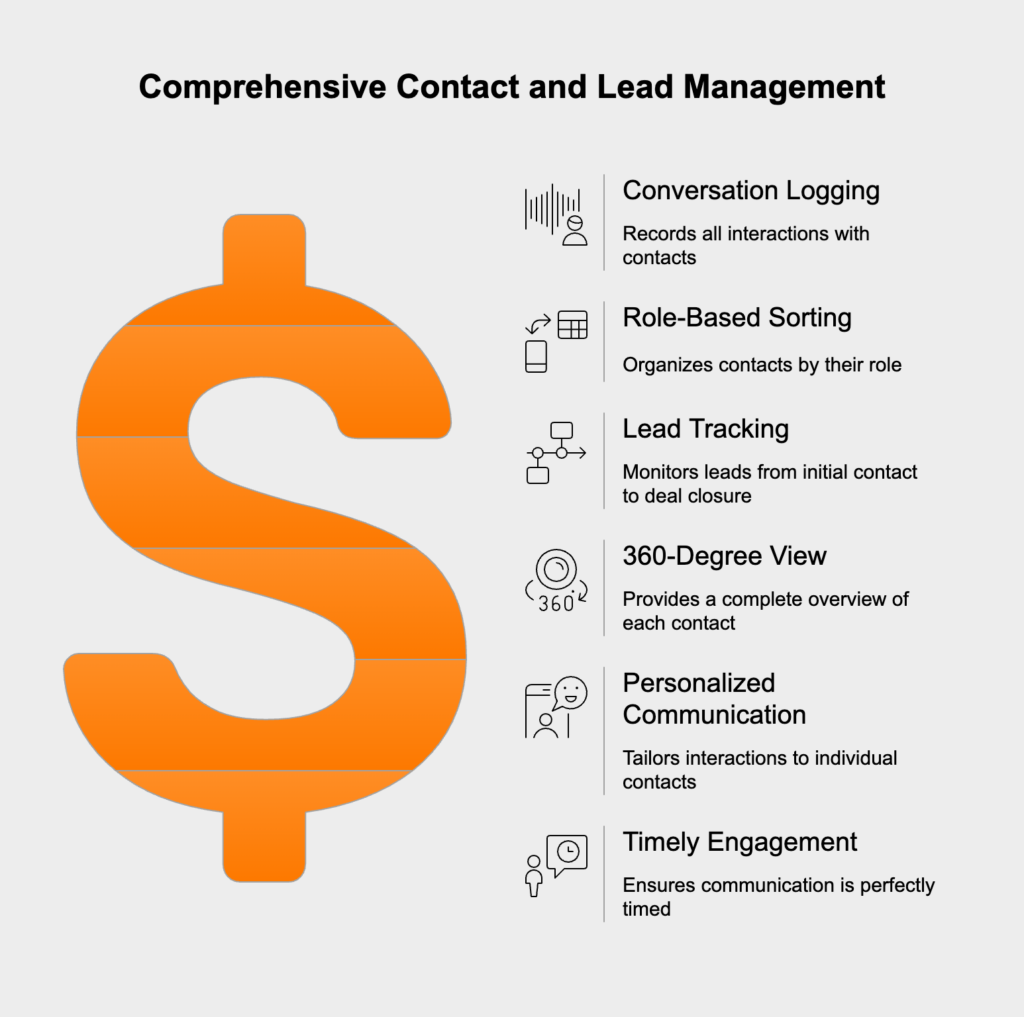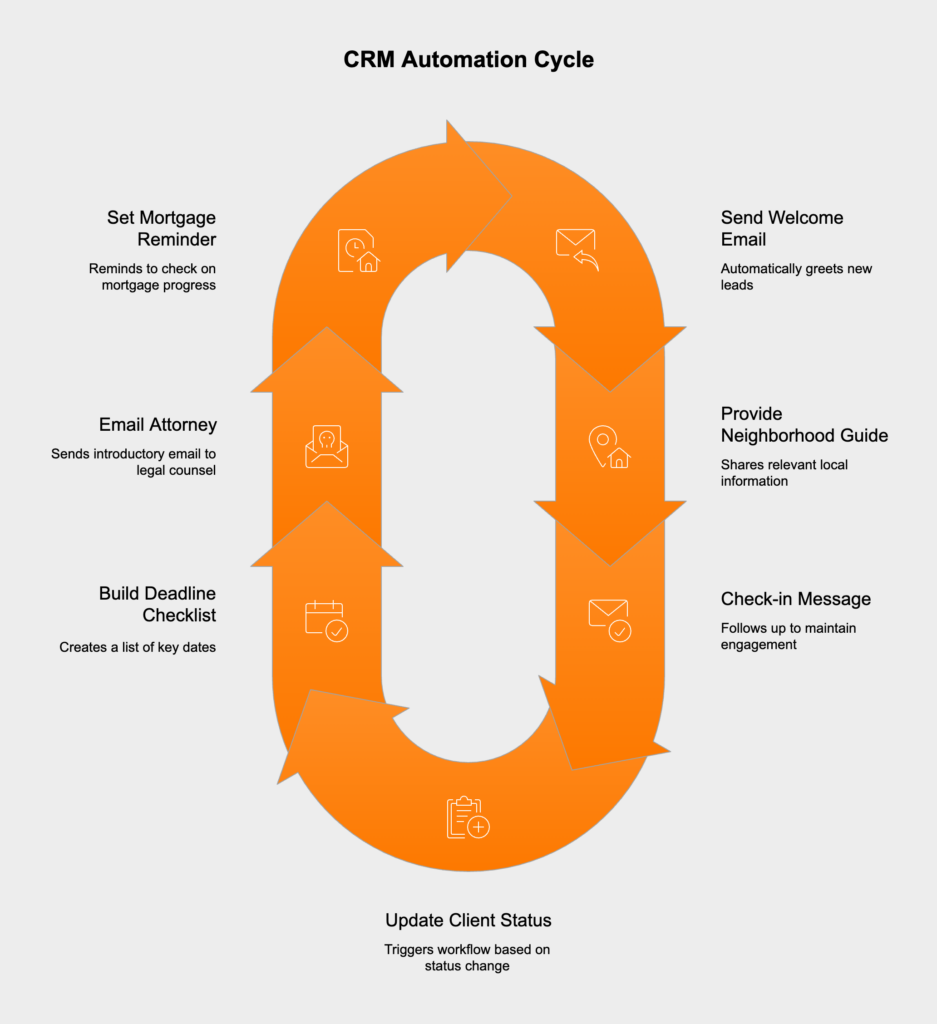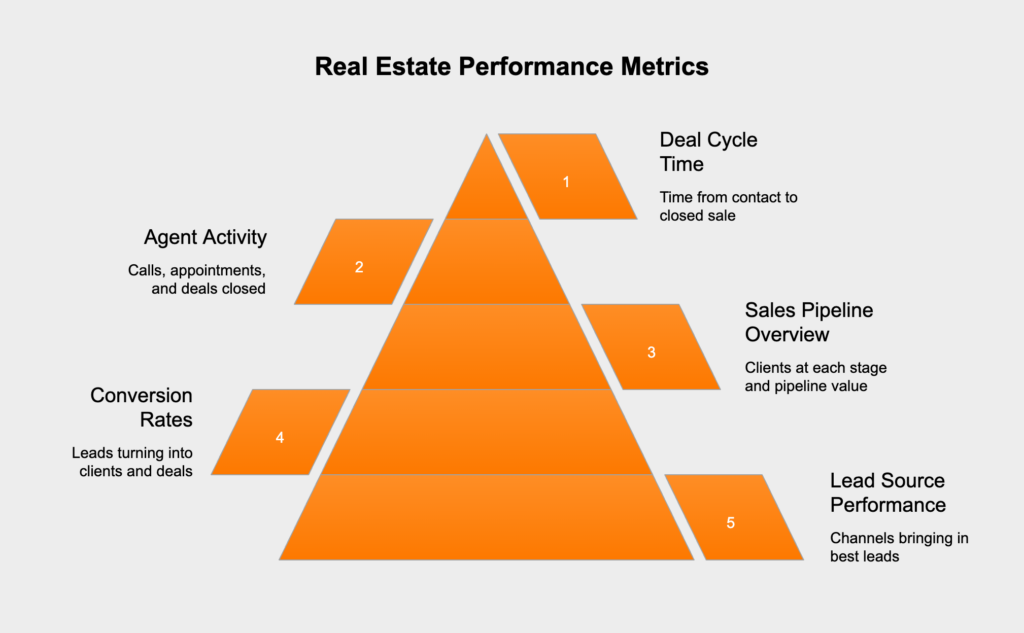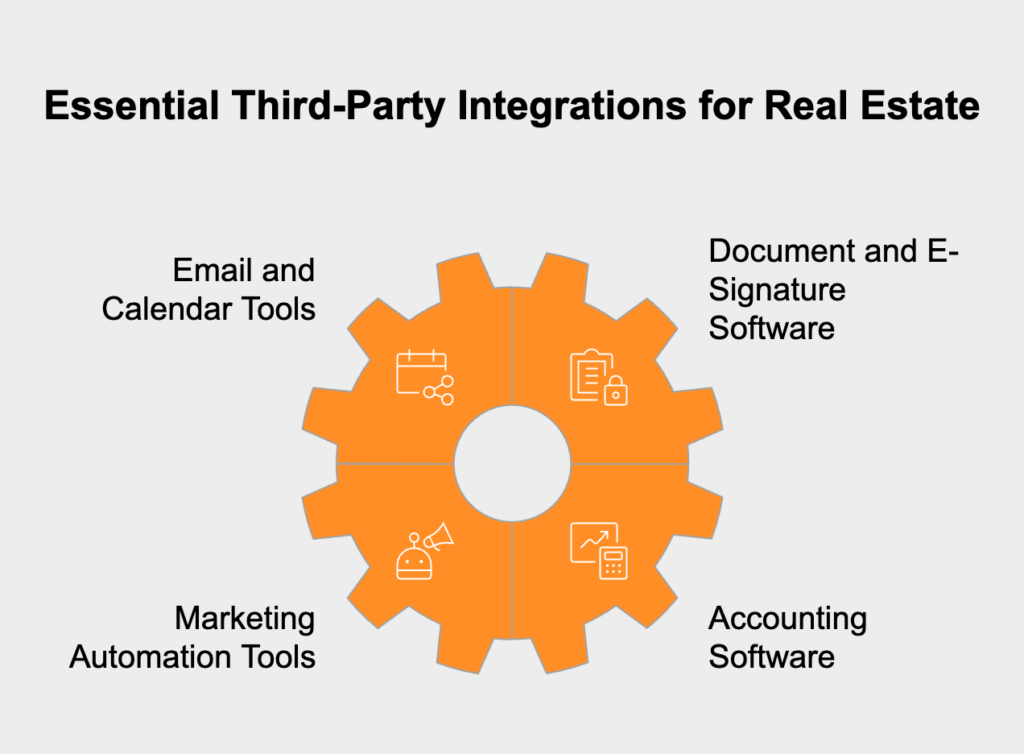What’s Involved in Building a Custom CRM Web Application?
- June 24
- 10 min

A modern real estate CRM is a central command center built to handle the biggest headaches for agents. You’re juggling tons of contacts, tracking deals that can drag on for months, and trying to keep in touch with everyone. Generic CRMs just don’t cut it. Real estate platforms are different; they’re designed to pull all the scattered bits of information—from leads, clients, properties, and contracts—into one place. This means you stop losing good leads in the shuffle and can finally get ahead on follow-ups. It frees you up to do what you’re best at: serving clients and closing deals, not getting buried in paperwork.

Any good real estate CRM has to be great at one thing above all else: managing your contacts and leads. This is so much more than just a digital address book. It’s about building a living database that logs every conversation, sorts people by their role (like buyer, seller, or past client), and follows each lead from the moment they first reach out until the deal is done. The entire point is to get a complete, 360-degree view of every person you work with so you can connect with them in a way that’s both personal and perfectly timed.

Today’s CRMs hook directly into your online world to catch leads for you. They connect to your website’s contact forms, social media ads, and even third-party portals like Zillow. The moment a potential client fills out a form, the CRM instantly creates a profile for them. It also tracks where the lead came from, which makes it easy to calculate your Return on Investment (ROI) on marketing spend. The best systems can even score leads based on their interest level and automatically assign them to the right agent by location or expertise, so no opportunity ever falls through the cracks.
A great client profile is more than a static entry—it’s a living record that tells the whole story of your relationship and helps guide your next move. It needs to go way beyond just a name and number. You should be tracking key details like:
What really sets a real estate CRM apart is how it handles properties. It doesn’t just manage people; it manages listings as unique items that are connected to your contacts. These systems are built to track your entire property inventory, monitor the status of each listing, and match them with interested buyers. This property-focused design means you can manage both clients and listings in one place, something a generic CRM just can’t do.
Direct integration with the Multiple Listing Service (MLS) is an absolute deal-breaker. You need it. This feature lets your CRM pull property data straight from your local MLS, saving you from hours of manual data entry and preventing costly mistakes. With a live MLS feed, you see the latest listing details—status, price, photos—right inside your CRM. This means you can immediately send fitting properties to clients and connect those listings to their profiles to keep track of what they like.
The system uses the information you’ve saved in a client’s profile to find them the perfect home automatically. It takes their wish list—budget, neighborhood, number of bedrooms—and constantly checks it against the live MLS feed. As soon as a new property hits the market that fits their criteria, the CRM sends out an alert. You can have the notification sent to you so you can follow up, or you can set it to email the listing directly to your client. They get to see the perfect property first, and you look like a hero.
A modern CRM uses automation to take all the repetitive, manual tasks off your plate, which is the key to managing more clients without losing that personal touch. This can be anything from sending a welcome email series to new leads to pinging you with reminders about important contract deadlines. Good automation means you never miss a follow-up and your clients stay informed and engaged during the entire transaction.
Drip campaigns are simply a sequence of automated messages sent out on a schedule. For instance, a new lead from your website could get a welcome email right away, a neighborhood guide three days later, and a quick check-in message the next week. Automated workflows are smarter and react to specific actions. For example, the moment you update a client’s status to “Under Contract,” a workflow could kick off a series of tasks automatically:

Built-in scheduling tools put an end to the endless email chains and phone tag needed to book a showing or meeting. You just set your available hours in the CRM and send clients a personal link. They pick a time that works for them, and the event instantly appears on your calendar. The system prevents double bookings, sends out automatic confirmations and reminders, and it even logs the meeting in the client’s profile so you have a record of it.
Instead of just guessing what’s working, the analytics and reports in your CRM turn all that data into a clear roadmap for growth, allowing you to make decisions based on hard facts. By tracking the right numbers, your CRM can show you exactly what’s working and what’s wasting your time. It points out your best lead sources, helps you measure performance, predict future income, and fine-tune your marketing budget for better results.
A good CRM dashboard gives you a quick snapshot of your business’s health on one screen. It should highlight the most critical Key Performance Indicators (KPIs) for any real estate professional, including things like:

Many real estate CRMs have a fantastic feature for creating professional reports to share with your sellers. Forget about manual updates; you can generate a report with one click that shows all the activity on their property. It can include everything from online views and new inquiries to the number of showings and direct feedback from potential buyers. Sharing this kind of transparent, data-driven update is a powerful way to build trust and keep your sellers’ expectations grounded in reality.
Your CRM becomes the true hub of your business when it can connect and share data with the other tools you use every day. This ensures all your information is consistent and stops you from having to hop between different apps and enter the same data over and over. A well-integrated CRM streamlines your workflow and puts you in control of marketing, communication, and transactions from one central place.
An Application Programming Interface (API) is basically a bridge that lets different software programs talk to each other. When a CRM has an “open” API, it means the company lets developers build new bridges to connect other tools to their system. This is essential for keeping your business current. The world of real estate tech changes fast, and an open API means you can always connect the latest and greatest tools to your CRM. You’ll never be stuck in an outdated, closed-off system.
Every agent’s toolkit is a little different, but a few integrations are must-haves for running a modern real estate business. Your CRM should connect flawlessly with:

As an agent, you’re always on the move, and a great mobile app puts your entire office right in your pocket. Whether you’re between showings or at an open house, you need instant access to your data. A powerful CRM app lets you look up a client’s history, add a new lead you just met, check your schedule, pull up property details, or update a deal’s status right after a phone call. That kind of real-time access makes you more responsive and helps ensure no important detail gets missed.
Customization is what makes a CRM truly yours. It lets you tweak the software to match how your business actually works. This could be as simple as adding a custom field to track a client’s mortgage pre-approval. Or you could go deeper, changing the sales pipeline to mirror your agency’s unique steps, like adding stages for “Home Inspection” or “Appraisal.” You can also set up specific permissions so agents only see their own leads and deals, while team leaders and brokers get a bird’s-eye view of everything.
